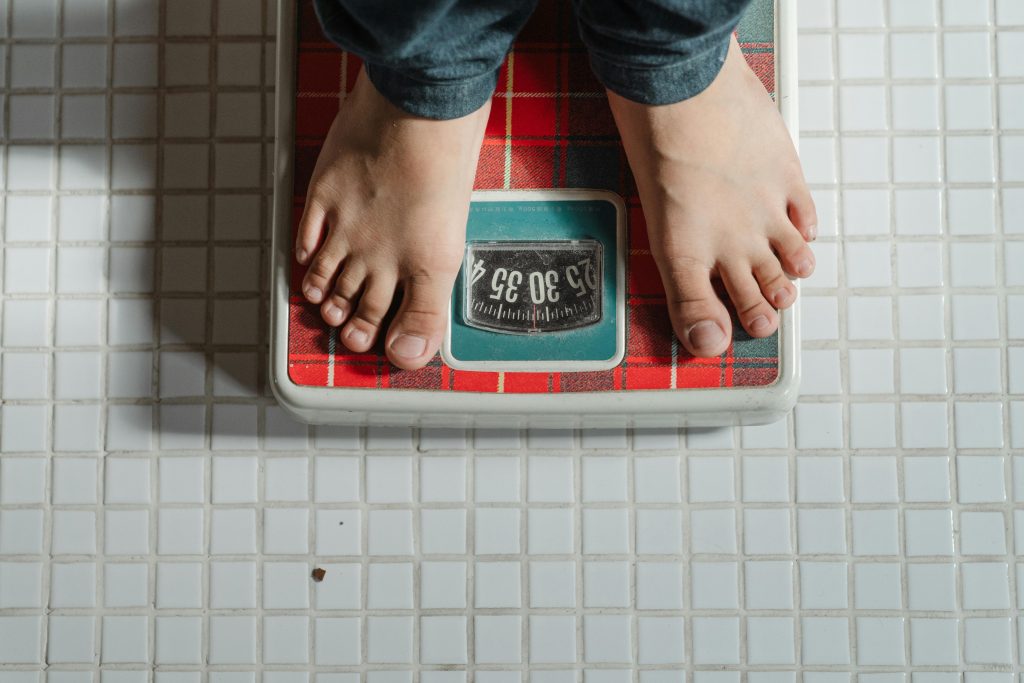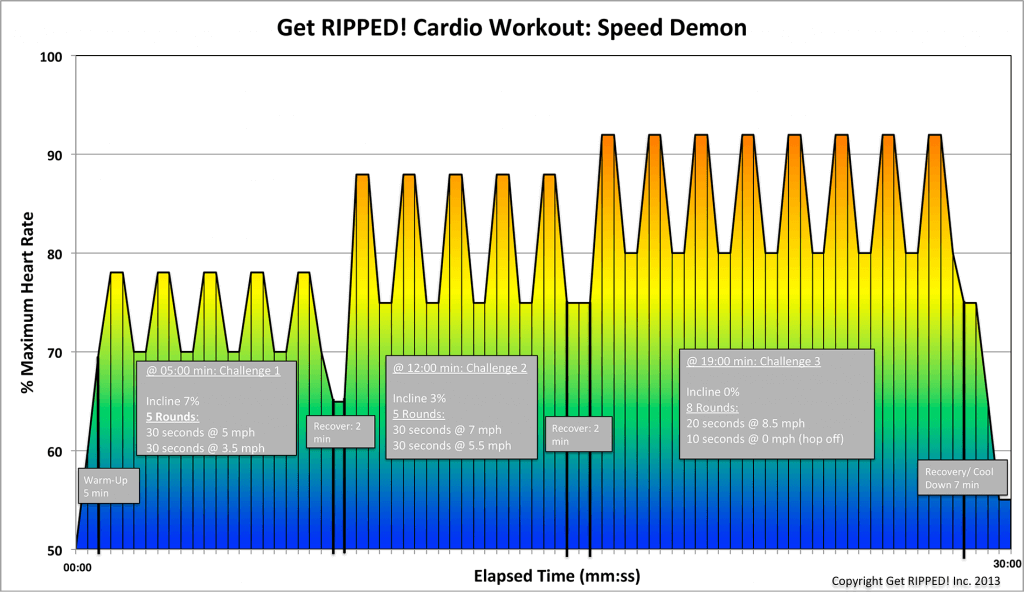Fitness Tips, Nutrition
Why The Scale Weight Isn’t The Only Measurement You Need
When you try to lose weight and get fit, you normally depend on the scale for your success measurement. It looms over you, ready to judge your success or failure in your weight loss efforts. You can fight that bathroom bully by finding another way to track your progress. Face it, the scales not only bully you, but sometimes, they lie! You may be on target, but they show differently. That can happen for several reasons.
The scales look so innocent. Why would they lie?
They may not be lying. They’re reporting your actual weight at that moment, but that doesn’t always identify your progression. Many things can cause weight fluctuations. If you ate a salty meal earlier, your body may be retaining water to offset the excess sodium, or it could be for other reasons. You might be making far more progress with exercise and building muscles. Muscle tissue weighs more than fat tissue, so you might be slimmer but weigh the same.
You can track your weight and your measurements.
Winners keep score, so no matter how you track your progress, good for you! Take your measurements at your waist, hip, chest, arm, and thigh when you first start. Repeat that once a week. Pay close attention to the hip and waist measurements. If you’re carrying weight around your midsection, it’s visceral fat. Compared to subcutaneous fat directly under the skin, visceral fat crowds the organs and is the hardest to lose. If you’re losing inches from your midsection, then you’re doing a great job. You don’t have to unfriend your scale entirely. You can track your weight and measurements.
Identify why you want to lose weight and use a related tool.
You can use tools related to your goals. Track your blood pressure if your goal is to lose weight to lower your blood pressure. Measure endurance improvement by doing a push-up, plank, or sit-up test for upper body, core, or abdominal muscle endurance. Run up and down the stairs as fast as possible and track the number of times you can do it without resting. If you’re losing weight to look better, create a photo history by taking a selfie in the same outfit each week so you can compare them as you continue.
- Your problem may not be the scales. You may be weighing yourself too often. Weigh once a week at the same time of day to get a more precise look at your weight.
- If you have a favorite pair of skinny jeans, you can use them to track your progress. If they’re hard to zip up but after several weeks are easy, and a few months later are baggy, you’re making progress.
- Real change is slow. Your body weight constantly fluctuates throughout the day. Before you see any physical changes, you’ll feel the difference when you eat healthy and exercise. You’ll have more energy.
- Judge your progress using the Get Ripped program. You might not keep up or do the entire video initially. Track how far you can get. Eventually, you’ll be able to do the whole workout.
For more information, contact us today at Get RIPPED! by Jari Love


